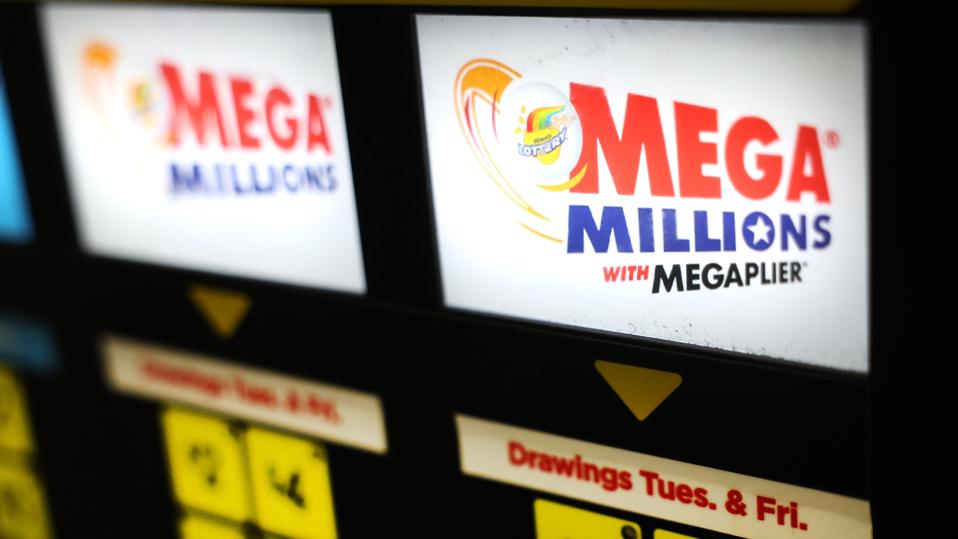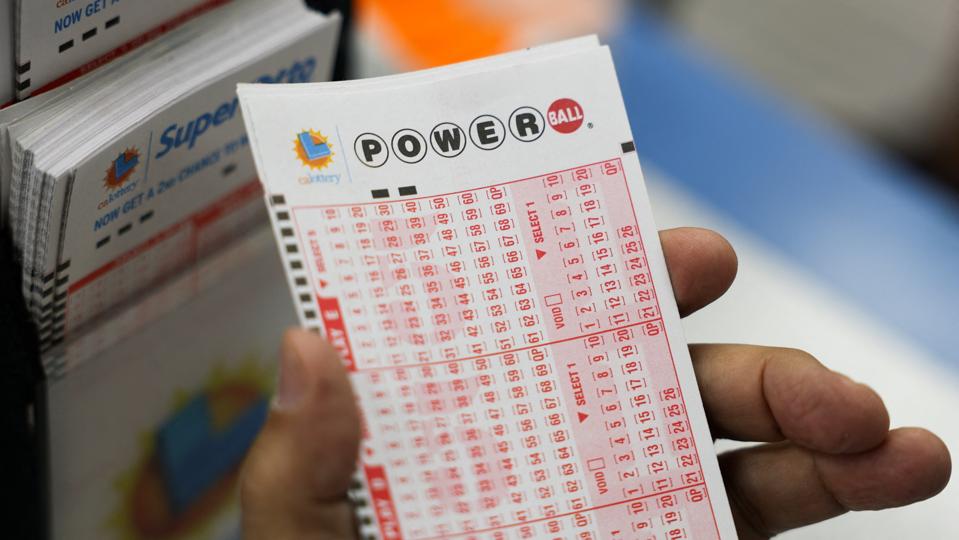Overview
In an exciting twist for lottery enthusiasts, the Powerball jackpot has reached a staggering $1.1 billion for the upcoming Labor Day drawing. This amount stands as this year’s highest lottery jackpot and ranks as the fifth-largest Powerball jackpot on record. However, if luck strikes, the winner will still face the daunting task of navigating hefty taxes that could significantly cut their prize.

Important Details
- If a lucky ticket matches all the numbers required, including the red Powerball, the winner can choose to receive their prize in either a series of 30 annual payments or a one-time cash lump sum—which is estimated at around $498.4 million.
- Opting for the lump sum means they need to be prepared for a 24% federal tax deduction right off the top, leaving them with at least $378.7 million. Depending on their total taxable income and deductions, this amount could shrink even further—potentially to approximately $313.9 million, with a marginal federal rate of up to 37% applied.
- The annual payout option would provide an average of about $23.1 million per year, also factoring in that 37% tax rate.
- It’s worth noting that winners could face additional state taxes, with some states imposing rates as high as 10.9% in New York (equating to about $54.3 million), while others, like Arizona, have a much lower tax rate of 2.5% ($12.4 million). Thankfully, certain states like Florida, California, and Texas don’t tax lottery winnings at all.
What’s Next?
Mark your calendars! The next Powerball draw is set for Monday night. Meanwhile, Mega Millions offers its own allure with a $302 million jackpot, with a cash option of $136 million available in the following Tuesday drawing. Remember, after the 24% tax withholding, that cash prize could drop to around $103.3 million or even $85.6 million under a 37% tax rate.
Fun Fact
This latest jackpot proudly sits as the fifth-largest in Powerball’s extensive history. To put it in perspective, the fourth-largest—which reached an impressive $1.3 billion—was drawn just last April, while the seventh largest at $842 million took place earlier this year.
History of High-Stakes Wins
The last decade has seen numerous colossal lottery prizes being claimed, coinciding with changes in the lottery rules that increased the cap on payouts. Earlier in the year, Mega Millions added new rules that improved the odds for winning any prize—from one in 24 to one in 23—by tweaking the drawing pool. The jackpot odds specifically improved to one in 290.4 million from one in 302.6 million. Not to be outdone, Powerball adjusted its rules back in 2015, changing the pool of numbers available and consequently lowering the odds of hitting the jackpot from one-in-175.2 million to one-in-292.2 million.






















